Quercus rubra in the Deep South?
alabamatreehugger 8b SW Alabama
12 years ago
Related Stories
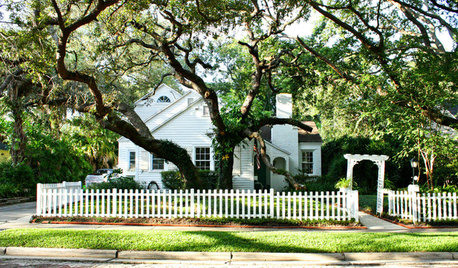
TREESGreat Design Plant: Southern Live Oak Offers an Unbeatable Canopy
Keep it dense or prune it for more light. No matter how you grow Quercus virginiana, it’s a majestic addition to its native landscape
Full Story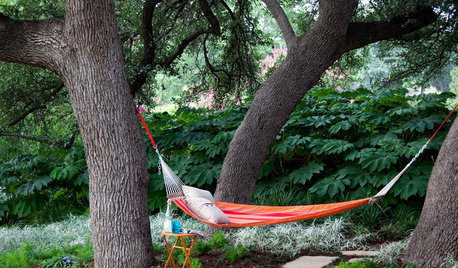
GARDENING GUIDES8 Essential Native Shade Trees for the U.S. Southeast
These beauties provide cool shade in the summer and easily withstand the heat and humidity of the South
Full Story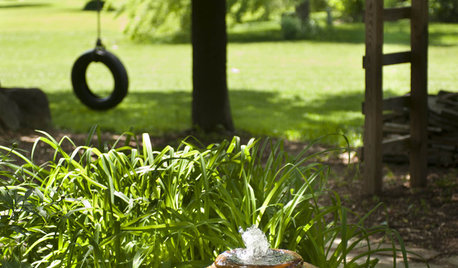
GARDENING AND LANDSCAPINGHow to Give Your Garden More Soul
Feel more at home in your garden by giving it deep, personal meaning
Full Story
GARDENING GUIDESBackyard Birds: Invite Entertaining Hummingbirds Into Your Garden
Hummingbirds — unique to the Americas — zip through open landscapes seasonally or year-round. Here’s how to attract them
Full Story
GARDENING GUIDES10 Top Native Plants for the U.S. Southeast
For a low-maintenance and wildlife-friendly landscape, use Southern natives that withstand heat and humidity
Full Story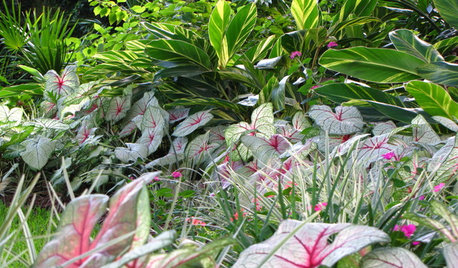
LANDSCAPE DESIGNDitch Shade Garden Gloom the Tropical Way
Has your shade garden strayed too far to the dark side? Help it see the light with tropical bulbs, ground covers and even houseplants
Full Story
FALL GARDENING11 Trees for Brilliant Fall Color
Give your landscape the quintessential look of autumn with the red, orange and yellow leaves of these standouts
Full Story
GARDENING GUIDESHow to Stop Worrying and Start Loving Clay Soil
Clay has many more benefits than you might imagine
Full Story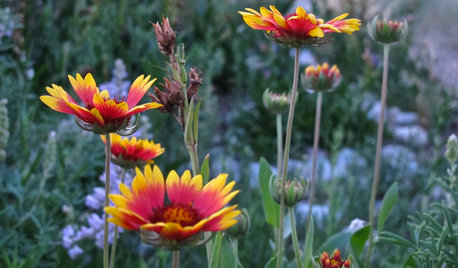
GARDENING GUIDESThese Hummingbird-Attracting Native Plants May Surprise You
These flowers, vines and shrubs offer shelter and food supplies that keep hummingbirds around longer
Full Story
COLORRelax and Reflect in a Blue Landscape
Find sanctuary by introducing this well-loved hue outside
Full StoryMore Discussions








greenthumbzdude
jqpublic
Related Professionals
Simpsonville Landscape Architects & Landscape Designers · Newcastle Landscape Architects & Landscape Designers · Cerritos Landscape Contractors · Chelmsford Landscape Contractors · Dickinson Landscape Contractors · East Haven Landscape Contractors · Weslaco Landscape Contractors · Wilton Landscape Contractors · Woodburn Landscape Contractors · Markham Landscape Contractors · Tustin Siding & Exteriors · Hot Springs Village Decks, Patios & Outdoor Enclosures · Miami Decks, Patios & Outdoor Enclosures · Santa Ana Decks, Patios & Outdoor Enclosures · Wheaton Decks, Patios & Outdoor Enclosuresalabamatreehugger 8b SW AlabamaOriginal Author
treeguy123
IpmMan
brandon7 TN_zone7
alabamatreehugger 8b SW AlabamaOriginal Author
IpmMan
jcalhoun
dricha
brandon7 TN_zone7
alabamatreehugger 8b SW AlabamaOriginal Author
jqpublic
arktrees
jqpublic